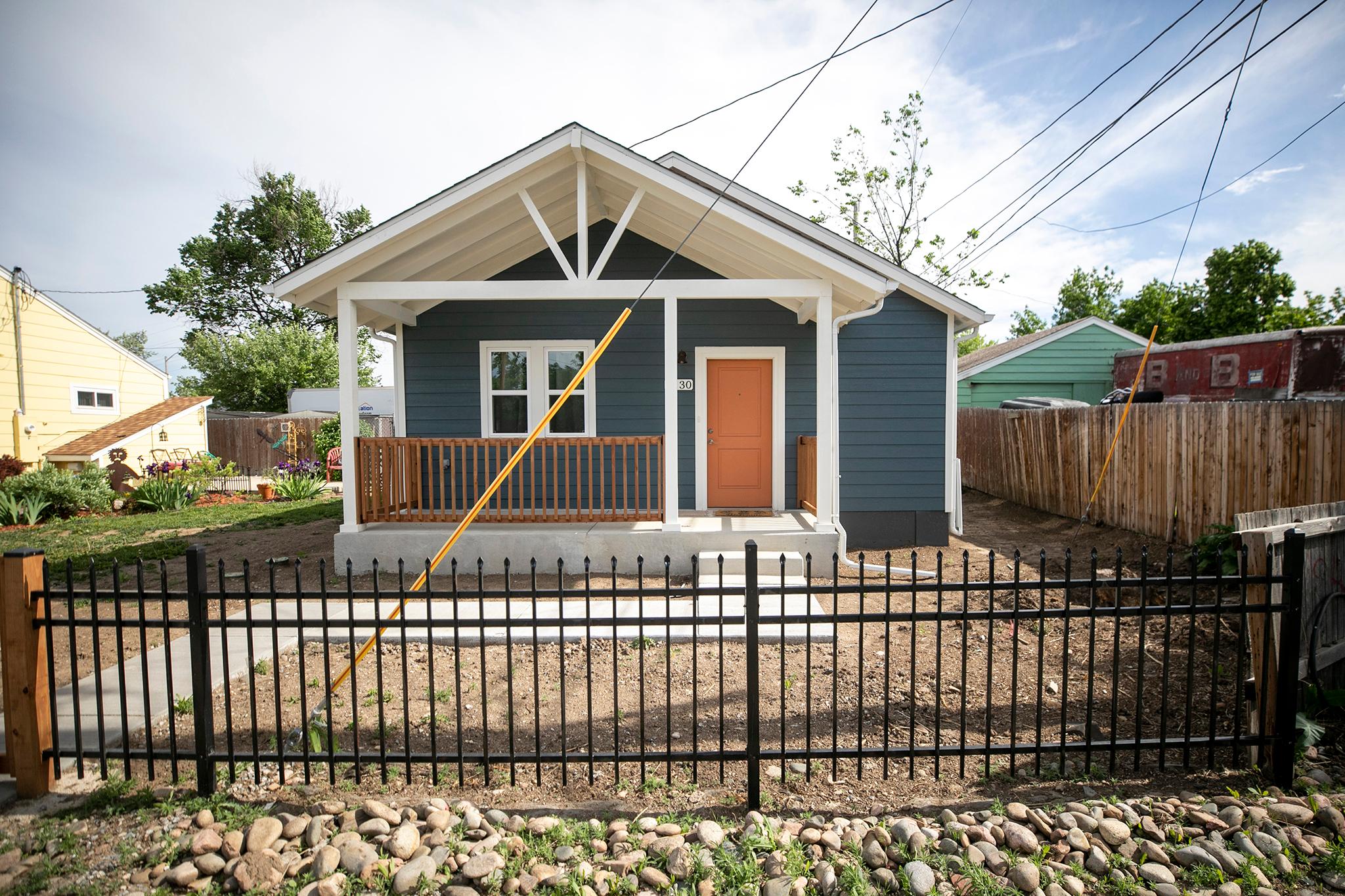If you're interested in building an accessory dwelling unit, City Council may have made the process a bit easier.
On Monday, Council passed an ordinance that amends the Denver Zoning Code and the Former Chapter 59 code that allows more flexibility in building an ADU.
But don't worry, more flexibility doesn't mean a free for all.
Let's dive into.
ADUs are seen as a solution to several of Denver's housing problems, including housing shortages and displacement.
But building an ADU isn't simple. It's expensive, especially with supply chain issues still in play after the pandemic. Plus, some neighborhoods aren't zoned for ADUs and asking for a plot to be rezoned could cost a homeowner an additional $1,000.
And speaking of neighborhoods, Denver housing lots are all different, yet the standards for building an ADU are all the same.
It boils down to this - ADUs can't be a solution if it's a difficult feat to accomplish for homeowners.
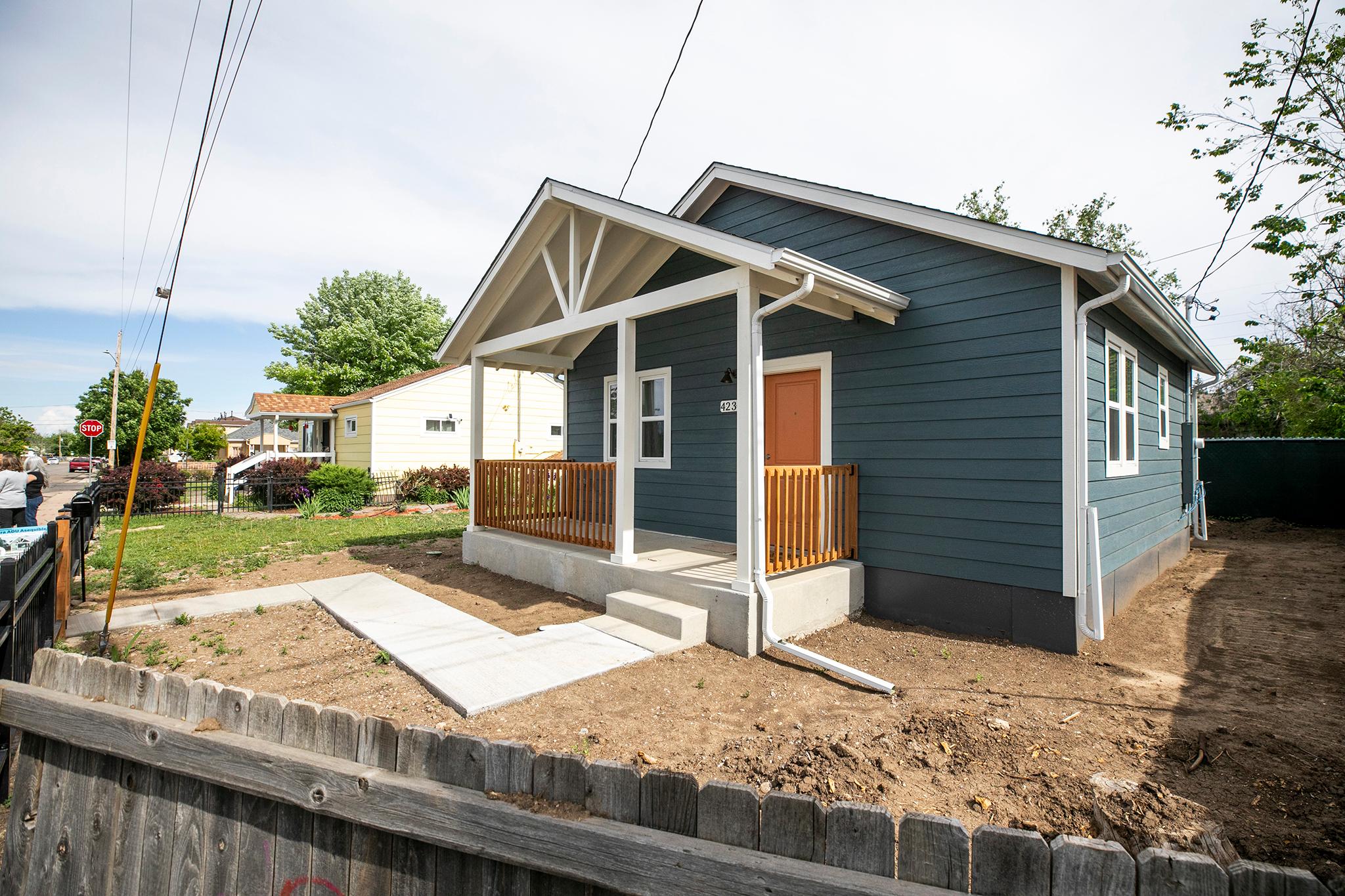
So, Community Planning and Development put together an ADU Advisory Committee last year to determine what barriers in the zoning code are stopping people from constructing ADUs.
The goal of the committee was to look at some of the construction technicalities in the zoning code, including size and placement, and decide whether changing these rules would make ADUs easier to build.
"In the 2019 [Blueprint Denver] update, there was a specific recommendation to remove barriers to building ADUs and to ensure that they fit in a variety of neighborhoods," said Genna Morton, a communications specialist with Community Planning and Development. "The project actually took one set of zoning rules and made different ones depending on suburban neighborhoods, urban edge neighborhoods and urban neighborhoods."
For the zoning nerds: neighborhood contexts are broken up into several types including Suburban, Urban Edge and Urban contexts. The definition is in the name. Suburban areas, like what you see in Virginia Village or Bear Valley, typically are less dense, the single family homes are set back further from the sidewalk and homes are likely to be away from arterial roads. While in Urban areas, like in Cole or Washington Park, there's more density, the homes are closer to the street and are likely to be on arterial or main streets.
Tailoring the ADU construction rules around which neighborhood context they inhabit allows the ADUs to be a better fit for each neighborhood. And they make ADUs easier to build because now homeowners don't have to worry about those uniform technicalities, according to Morton.
For example, homes in Urban zoning areas typically have smaller lot sizes. With uniform ADU size requirements, some homeowners couldn't build on their lots even if their neighborhood was zoned for an ADU.
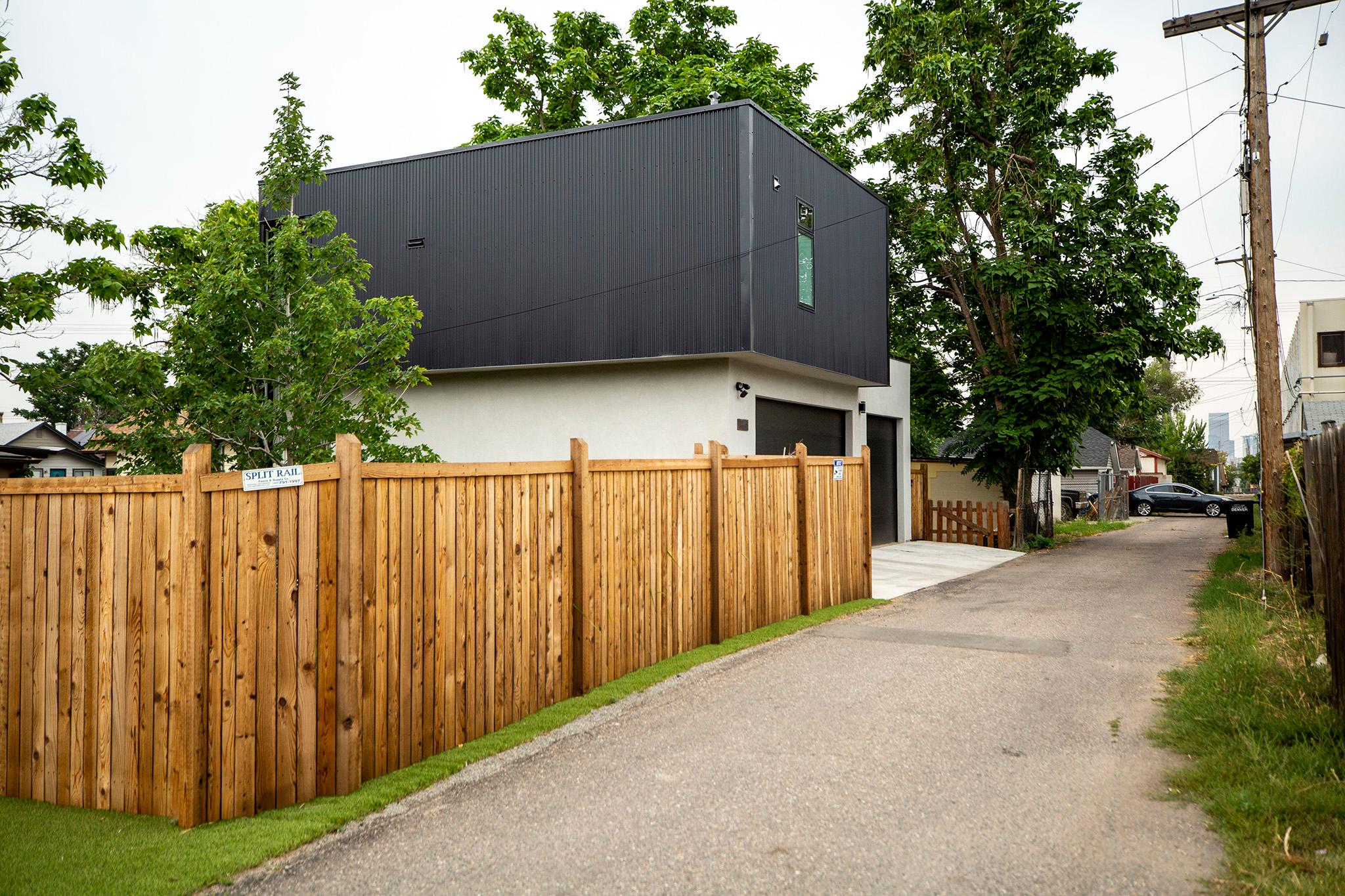
Advocates say another benefit to tailoring the rules in the neighborhood context is cost efficiency. CPD has previously said that "some zoning regulations are so nuanced that they can lead to strange and costly design outcomes."
For example, previously all ADUs could only go up by a half-story, causing the roof to be more sloped, which is more expensive than just building a full story. With the rule change, again depending on the neighborhood context, some ADUs can now be that full story, which is cheaper to construct.
There are a few things the amendment does not change.
The Committee did not discuss rezoning all of Denver to allow for ADUs, and the ordinance does not change that either.
City Councilmembers must continue to bring forth full neighborhood rezoning - as several councilmembers have already done.
Another rule left unchanged is the owner occupancy rule. Currently, homeowners can only build an ADU if they intend to live in their primary residence or the ADU. There's several reasons behind that rule, the main reason being that it eliminates homeowners - or developers - from renting out both units.
Renee Martinez-Stone is the director of the West Denver Renaissance Collaborative, which runs a program that assists homeowners with developing, designing, financing and constructing detached ADUs. She was also on the ADU Committee.
Martinez-Stone said committee members wrestled with the owner occupancy rule because the rule is so inflexible. What if a property owner has to move temporarily and doesn't want to sell their home? Or what if the property is passed down to someone who doesn't live in the area?
But ultimately, Martinez-Stone said looking at the data surrounding the rule and how other states deal with the rule, there is a fear that developers may purchase these properties and rent them out for exuberant costs.
"CPD provided the research that showed how other cities started out with no owner occupancy requirement and over time shifted," Martinez-Stone said.
"The fear that I heard was that you could see investors buying up a lot of properties and building ADUs and renting both of them, she said. "Also seeing in the last nine years the impact investors have had on neighborhoods drove some of that fear as well as the fear of gentrification."
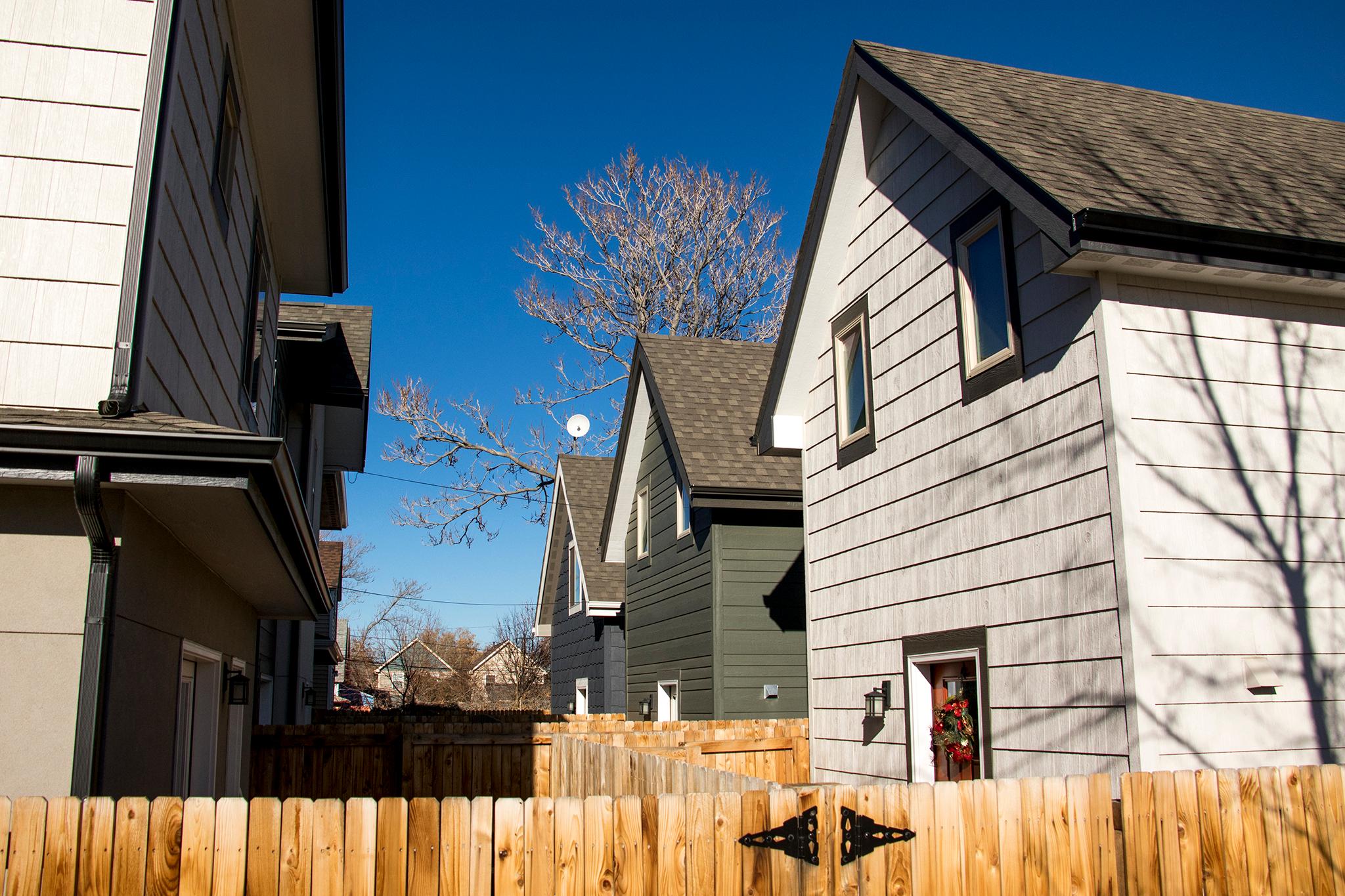
During the City Council meeting, several residents spoke in favor of the amendment but said that the owner occupancy policy should be discussed in the future.
Several councilmembers agreed. They also voiced concerns around the cost and the actual usage of ADUs, such as whether they are being used for short-term rentals or to house family members.
CPD has said using ADUs as short-term rentals is one of their purposes. According to the Department of Excise and Licensing, Denver has 2,552 active short-term rental licenses and 170 are in ADUs - or about 6%. CPD said only 450 ADUs have been permitted since 2010.
CPD added that with the zoning changes, they will be monitoring how many more ADU permits the city receives and what they will be used for.
Overall, Martinez-Stone said she believes the change will make ADUs easier to build, especially for folks participating in the West Denver Single Family Plus pilot program. The program is aimed toward moderate- and low-income homeowners in nine west Denver neighborhoods, including Athmar Park, Barnum/Barnum West, La Alma/Lincoln Park, Sun Valley, Valverde, Villa Park, West Colfax and Westwood.
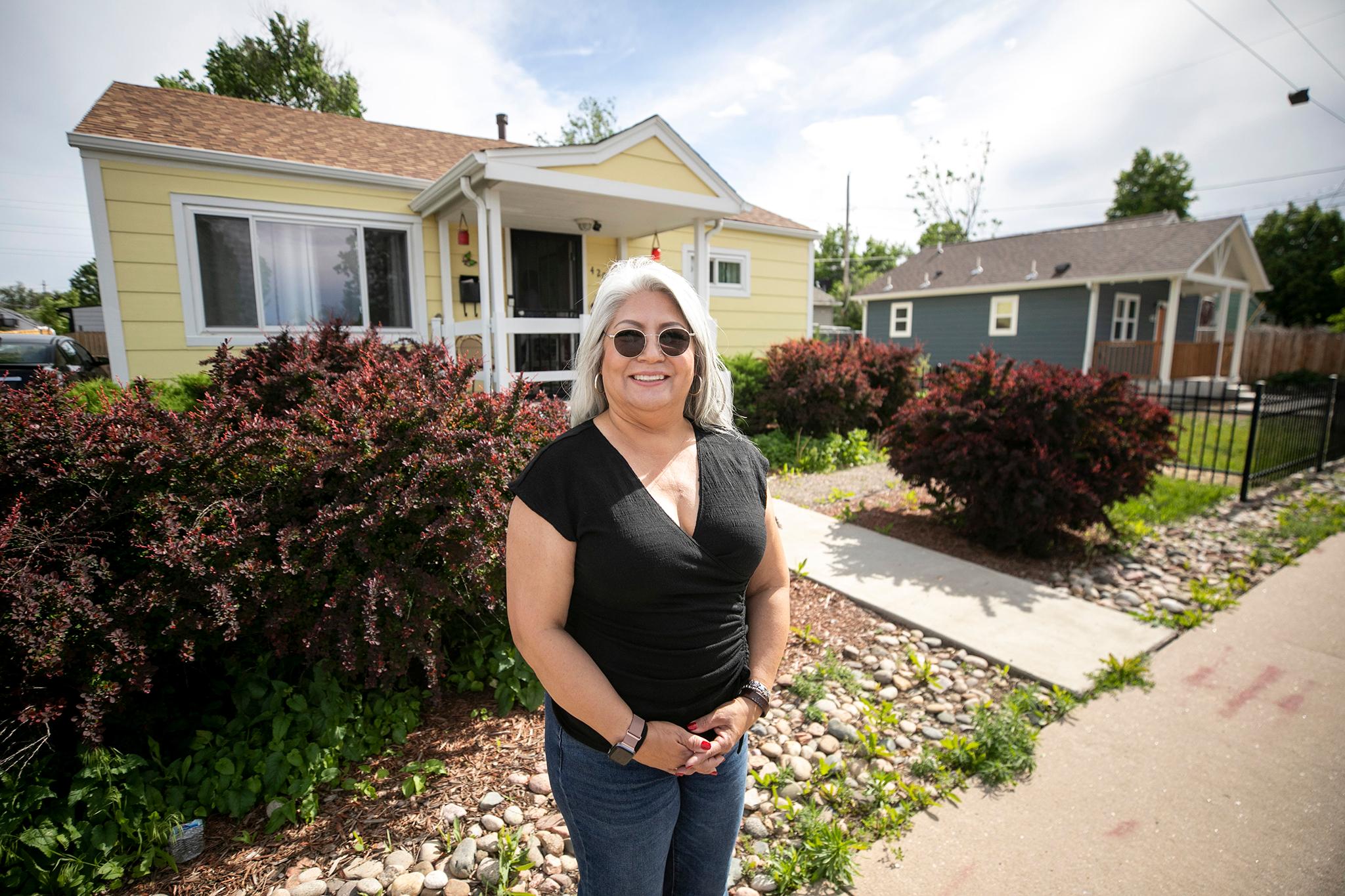
Peggy Johns, who lives in Westwood, is one person who worked with the program.
Johns said as soon as she learned about ADUs she immediately thought of her mom, who lived by herself and was having health issues. She also thought about the potential income she could receive, if she decided to rent it.
Both reasons are why the city is pushing for ADUs. Johns said her experience in building an ADU was simple. (Her process began before the pandemic.) But she could imagine the difficulties for other Denverites. She added that she'd like the city to push for easier access to ADUs, so, like her, folks have spaces for family and for additional money to stay in the neighborhoods they love.
"My first main priority is to always have a place for my mom, and for her not to have to worry about it," Johns said. "I also don't want to work my whole life. This is just another opportunity for me to have extra income. There were no red flags for me. I could only see a positive for me.

